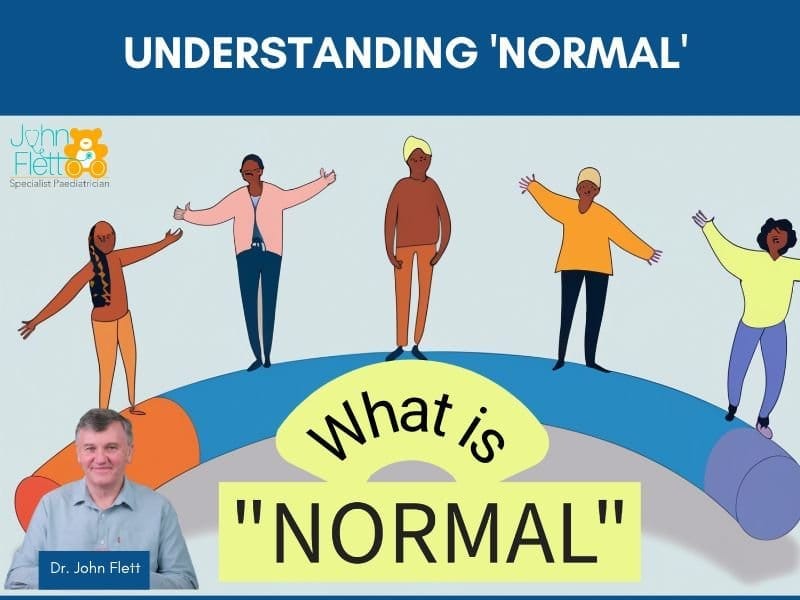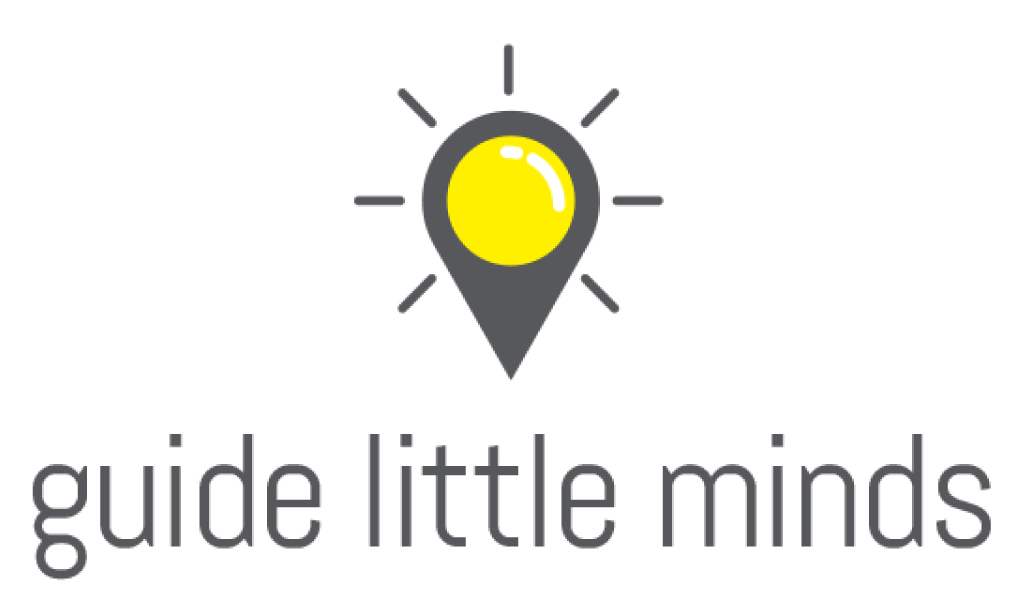Understanding ‘Normal’: A Dive Into Mental Health, Developmental Disorders, and the Bell Curve

In a world where the perception of ‘normal’ often dictates societal expectations, understanding mental health and developmental disorders such as ADHD, anxiety, depression, and learning disabilities can be both complex and nuanced. For parents and teachers, it’s important to recognise that not all children, teenagers, or young adults sit precisely in the middle of the proverbial bell-shaped curve. The pertinent question then is – what exactly is ‘normal’? When does deviation from the ‘norm’ become ‘abnormal’? Let’s delve into these multifaceted issues, acknowledging the controversies that surround the benchmarking of ‘normal’ and ‘abnormal’.
Mental Health and the Notion of ‘Normal’
Mental health, as a field, is dynamic and multifaceted. What’s seen as ‘normal’ in one cultural or social context might be ‘abnormal’ in another. However, it’s broadly accepted that being ‘mentally healthy’ includes being able to function well in daily life, cope with the regular stressors that life throws our way, work productively, and contribute positively to the community. Still, it’s essential to bear in mind that there is a broad spectrum of ‘normal’. It’s perfectly ‘normal’, for instance, to experience transient periods of stress, anxiety, and sadness in response to life’s challenges.
Navigating Developmental Disorders
Developmental disorders, including ADHD, autism, learning disabilities, and others, present an intriguing perspective on the notion of ‘normal’. These conditions may cause children to deviate from what’s traditionally expected in terms of their behaviour, learning capabilities, and social interactions. Yet, it’s essential to note that these individuals merely represent diversity within human development.
Learning to accept neurodiversity—the understanding that neurological differences are normal and should be respected—is a crucial step in reconsidering our views of ‘normal’ and ‘abnormal’. A child with ADHD might struggle with attention and hyperactivity, but they could also be imaginative and full of energy. Is this abnormal, or just a different shade of normal?
Anxiety, Depression, and the ‘Normal’ Spectrum
Anxiety and depression, like developmental disorders, also blur the lines of what’s considered ‘normal’. It’s normal to feel anxious before a big presentation or sad after a significant loss. However, when these feelings persist, impair functioning, and impact quality of life, they transition into the realm of mental health disorders.
It’s important to remember that the presence of mental health issues does not indicate that someone has strayed from ‘normal’. Rather, it indicates that they are dealing with challenges that require additional support and understanding.
The Bell Curve and the Concept of Normality
In psychology, the bell curve or the ‘normal distribution’ is often used to classify individuals’ abilities or characteristics. Most people fall into the middle of the curve—what we consider ‘average’ or ‘normal’. However, there is an inherent flaw in this concept. Labelling the majority as ‘normal’ infers that those who fall outside this range are ‘abnormal’. But is this a fair assessment?
Every individual has unique abilities, characteristics, and challenges. While it’s helpful to have benchmarks for comparison and to identify potential support requirements, it’s crucial not to stigmatise those who fall outside the ‘average’. The bell curve is simply a statistical tool, not a judge of a person’s worth or potential.
Conclusion: Rethinking Normal and Abnormal
Normality, in terms of mental health and developmental conditions, is a complex, fluid concept that is shaped by cultural, societal, and individual factors. What’s most important is not whether a person aligns with the statistical ‘norm’, but whether they can lead a fulfilling, meaningful life, irrespective of the challenges they might face.
The stigmatisation that comes from labelling individuals as ‘abnormal’ can lead to exclusion and misunderstanding. Instead of focusing on what’s ‘normal’ or ‘abnormal’, let’s shift our focus to acceptance, understanding, and providing support where needed. Only then can we truly appreciate the rich tapestry of human diversity.


